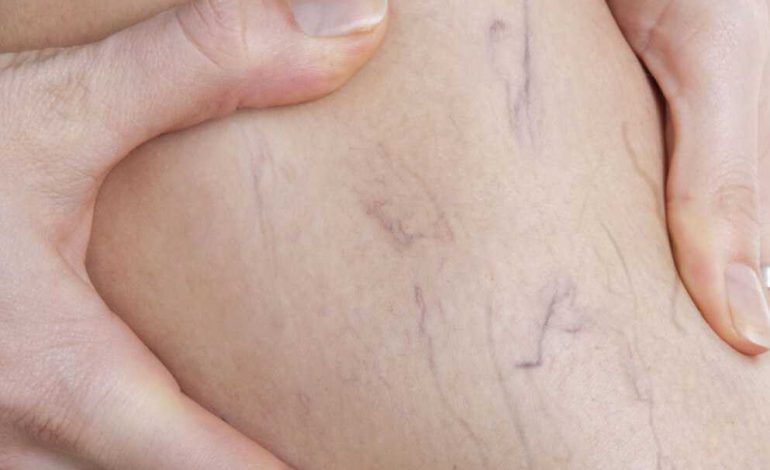Get the facts: Worried about vein?

Who gets varicose veins?
Around 30 per cent of women develop enlarged, twisted veins near the surface of the skin, which look red, blue or purple, depending on your skin colour. These are known as varicose veins. They commonly appear on the legs and ankles, but can also affect the pelvis, rectum, womb and aesophagus.
What causes varicose veins?
Arteries carry blood from the heart to your organs and tissues, while veins return the used blood to your heart working against gravity. Veins become varicose when tiny one-way valves, which open to let the blood through and also to stop it flowing backwards, become weakened. This can happen when the vein walls stretch and lose elasticity. When the valves fail to function properly, blood can leak backwards, collecting in the veins and causing them to enlarge.
Who is at risk?
You are at more risk of developing varicose veins with increasing age, pregnancy, if you are
overweight, if a close family member has them, or if your job involves standing for
long periods of time. What’s the treatment? Treatment isn’t normally necessary unless they cause you pain or discomfort – but complications, such as swelling or ulcers, can require
surgery to remove the vein. Thread veins or spider veins are small clusters of blue or red veins that appear on the face or legs and these are harmless.




